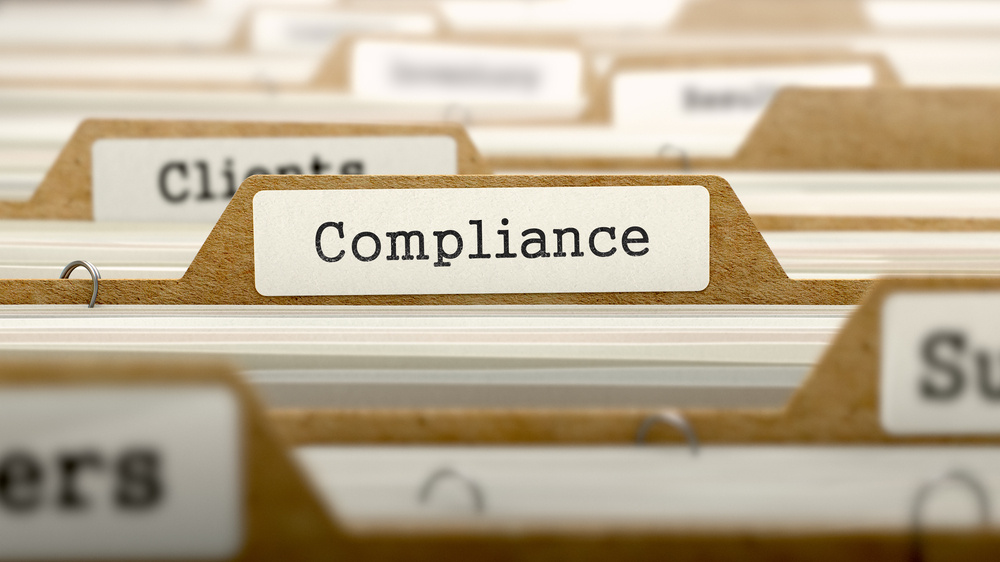Ensuring Government Compliance with Digital Document Solutions
Table of contents
Government agencies are tasked with maintaining rigorous standards of compliance, ensuring that all operations are in line with regulations and policies. This is essential not just for legal adherence, but also for maintaining public trust and safeguarding sensitive information. Traditional paper-based systems, while reliable in the past, now present significant challenges in today’s fast-paced digital world. As the volume of documents and data grows, the need for more efficient, secure, and manageable systems becomes evident. This is where digital document solutions come into play, offering a modern approach to achieving and maintaining government compliance.
Understanding Government Compliance Requirements
Government agencies operate under a complex web of compliance regulations and standards. These requirements are designed to ensure transparency, protect sensitive information, and maintain the integrity of public records. Key regulations such as the Freedom of Information Act (FOIA) and the General Data Protection Regulation (GDPR) dictate how records should be stored, accessed, and managed. Non-compliance can result in severe penalties and a loss of public trust.
Digital document management systems offer a solution by centralizing digital files, making it easier to manage and retrieve documents in compliance with these regulations. For example, audit trails provided by document management software allow for the tracking of all changes made to a document, ensuring accountability and transparency. Moreover, government document management solutions help to mitigate the risks associated with unauthorized access and ensure that only authorized personnel can access sensitive records.
For a deeper dive into how document scanning aids compliance across different levels of government, you can explore more on Document Scanning for State and County Government Records.
Challenges in Achieving Compliance
Despite the clear benefits of digital solutions, many government agencies face significant challenges in achieving compliance through these tools. One of the primary obstacles is bureaucratic resistance to change. Many agencies have relied on paper documents for decades, and the shift to digital document management can be met with skepticism and reluctance. This resistance can slow down the adoption of new technologies, making it difficult to implement document management systems effectively.
Another challenge is the integration of these systems across different departments. Government agencies often operate in silos, with each department having its own processes and file cabinets full of paper-based records. Integrating a government document management solution across these disparate systems requires careful planning and coordination to ensure seamless functionality and compliance.
Budgetary constraints also pose a significant hurdle. Implementing comprehensive document management software can be costly, and many government agencies struggle to allocate the necessary funds. Balancing the need for compliance with budget limitations often requires finding cost-effective solutions that do not compromise on quality or security.
If you’re interested in how document scanning can overcome some of these integration challenges, particularly in local government, check out Document Scanning in Local Government.
How Digital Document Solutions Support Compliance
Digital document solutions are instrumental in helping government agencies meet compliance requirements efficiently and effectively. These solutions streamline document management processes by automating routine tasks, such as document sorting, archiving, and retrieval. This automating document handling reduces the reliance on physical file cabinets and paper documents, leading to significant improvements in efficiency and accuracy.
One of the critical benefits of digital solutions is the enhancement of security measures. Digital files can be encrypted, access-controlled, and monitored for unauthorized activities, which greatly reduces the risk of unauthorized access to sensitive information. Additionally, version control features ensure that only the most current and approved versions of documents are accessible, which is crucial for maintaining compliance.
Digital solutions also facilitate easier audits and reporting. With electronic document management systems, audit trails are automatically generated, providing a clear record of who accessed or modified a document and when. This capability not only ensures data integrity but also simplifies the auditing process, making it less time-consuming and more reliable.
For more insights into how document scanning contributes to these streamlined processes, you can read about Efficiency in Government: How Document Scanning Helps.
Conclusion
Digital document solutions offer government agencies a powerful tool for ensuring compliance while improving efficiency and security. By transitioning from paper-based systems to electronic document management, agencies can better manage their records, protect sensitive information, and streamline their operations. The automation of document management processes not only saves time but also reduces the risk of human error, which is crucial for maintaining compliance with complex regulations.
For government agencies looking to enhance their compliance efforts, exploring digital solutions is a necessary step. By adopting document management software tailored to their needs, they can ensure that they meet regulatory standards, improve their audit readiness, and protect against unauthorized access to sensitive information.
Ready to take the next step? Fill out our Get a Quote form to explore how our digital document solutions can support your agency's compliance and efficiency goals.
Share this
You May Also Like
These Related Stories

Enhancing Data Security in Government with Document Scanning
Ensuring Robust Security for Sensitive Government Data

